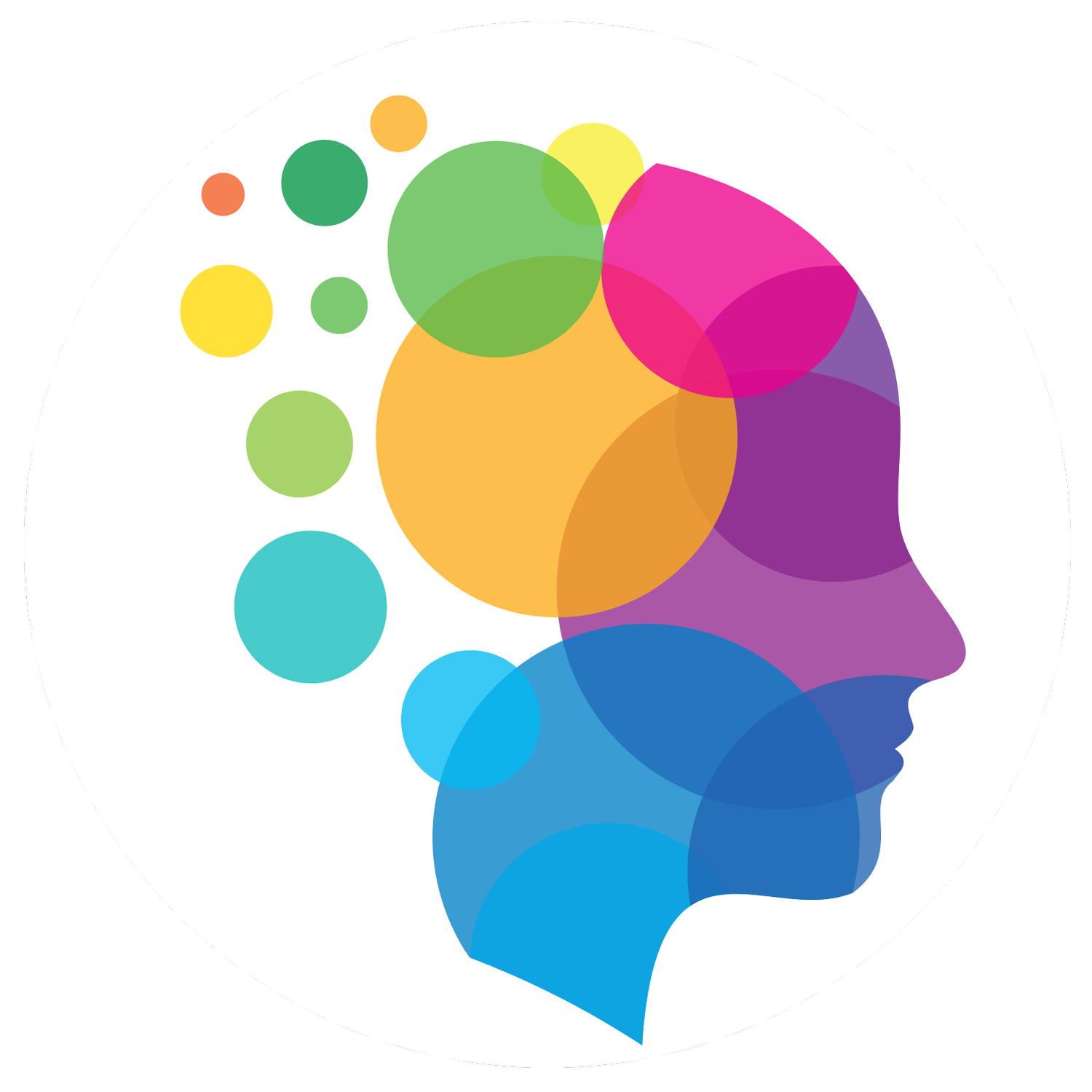Alternative-Augmentative Communication (AAC)
Alternative-Augmentative Communication (AAC) refers to any device, system, or method that supports a person’s ability to communicate effectively.
AAC can be used to either supplement a person’s current communication skills, or as an alternative to spoken speech (mouth words). It also includes all forms of multimodal communication, many of which we all use every day, such as facial expressions, gestures, body language, vocalisations, written text, key word signs, etc.
Access to robust AAC is essential for people with complex communication needs (CNN) to effectively exercise their communication rights.
We support non-speaking individuals and people who use AAC (PWUAAC) using a strengths-based, relational approach that is focused on building communicative competence through authentic interaction and connection.
The goal
For children with complex communication needs, our goal is to establish communication autonomy:
"Being able to say whatever you want to say to whoever you want to say it to whenever and wherever you want to say it." - Gayle Porter
That is, the child is able to meet all of the different communication functions, including:
Expressing needs and wants
Exchanging information
Developing social closeness
Expressing their personality
Sharing ideas and opinions
Expressing emotions
Participating in everyday activities
types of aac
There are hundreds of different AAC aids available, so navigating this world can be daunting and confusing!
There are four different types of assistive technology aids:
Comprehensive Expressive Aids
These aids aim to meet most of a person’s communication needs throughout their day and provide communication autonomy by enabling all the communication functions. They offer a wide range of messages represented by letters, words, or symbols. Examples of aided and non-aided systems include:
Key Word Sign
Communication boards and books (e.g. Pragmatic Organisation Dynamic Display [PODD])
Speech-generating devices and apps, such as Proloquo2Go and TD Snap Core First on iPad
Targeted Expressive Aids
These aids are designed for specific situations when a specific message is needed. Although they do not promote communication autonomy, they can be useful for expressing preferences and making choices. Often used in conjunction with a comprehensive expressive aid, they increase the speed and efficiency of information delivery. Examples include:
Community request cards
Talking Mats
Visual Supports
Visual supports help children to make sense of their day, remember events, participate in everyday tasks, and understand social routines. Examples include:
Picture calendars and picture shopping lists
Visual schedules
Supports for Communication Partners
These provide details about a child with complex communication needs, how they communicate, and other information that ensures consistent support throughout the day. Examples include:
‘Book About Me’
Personal Communication Dictionary
supports
Ramsey Speech Pathology can assist you in:
Identifying your child's communication needs
Assessing your child's current communication skills
Deciding what AAC aids will support your child and their communication autonomy
Creating functional goals
Providing support and strategies for helping your child and their communication partners learn aided language
Monitoring progress over time
Contact us to learn more.
helpful webpages
Learn AAC Guide - Assistiveware

